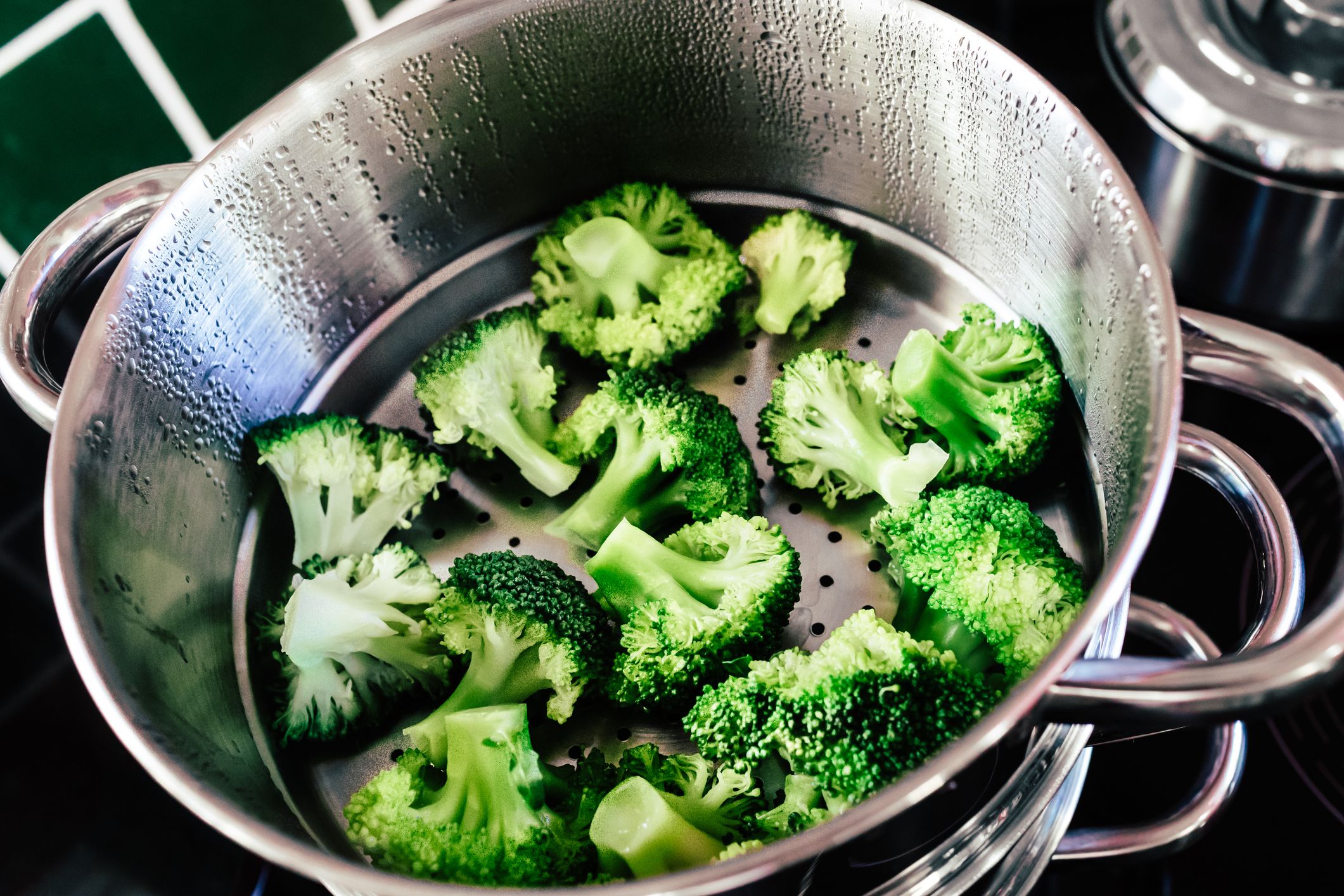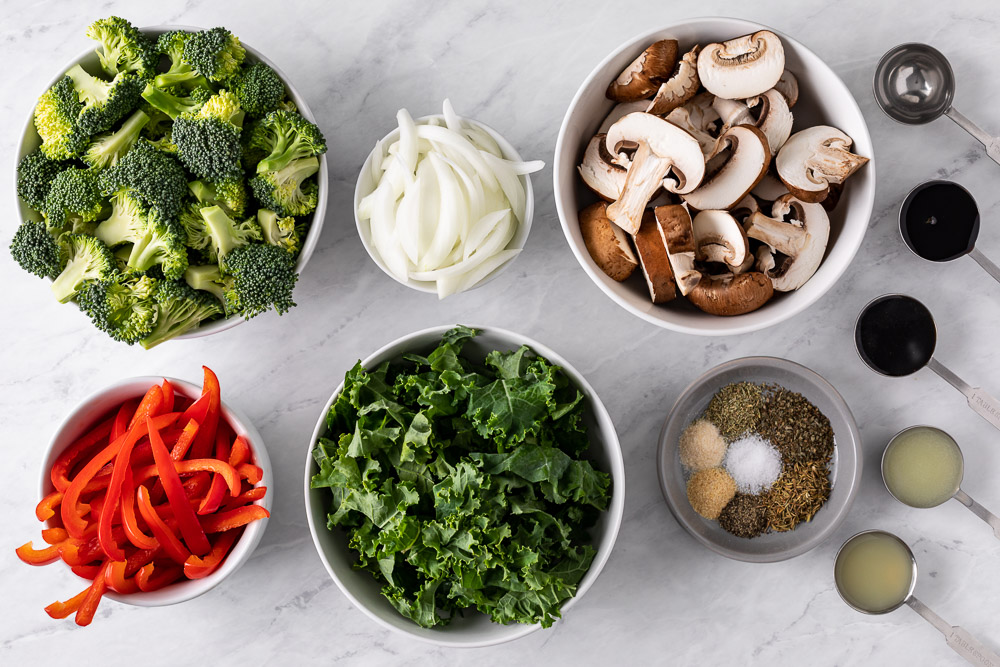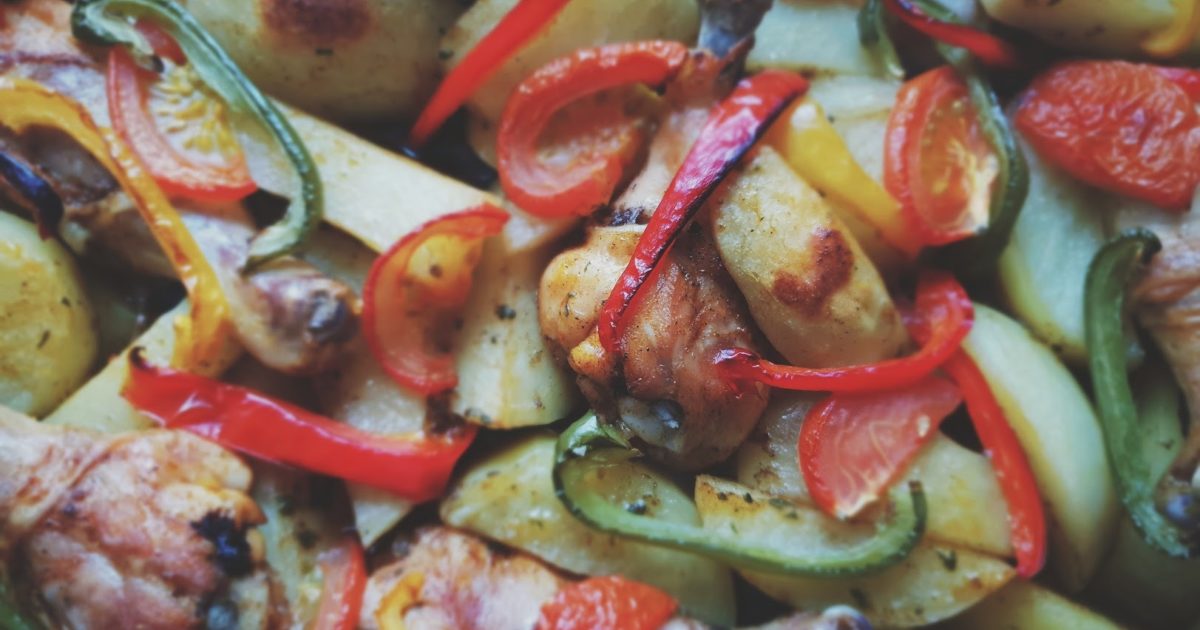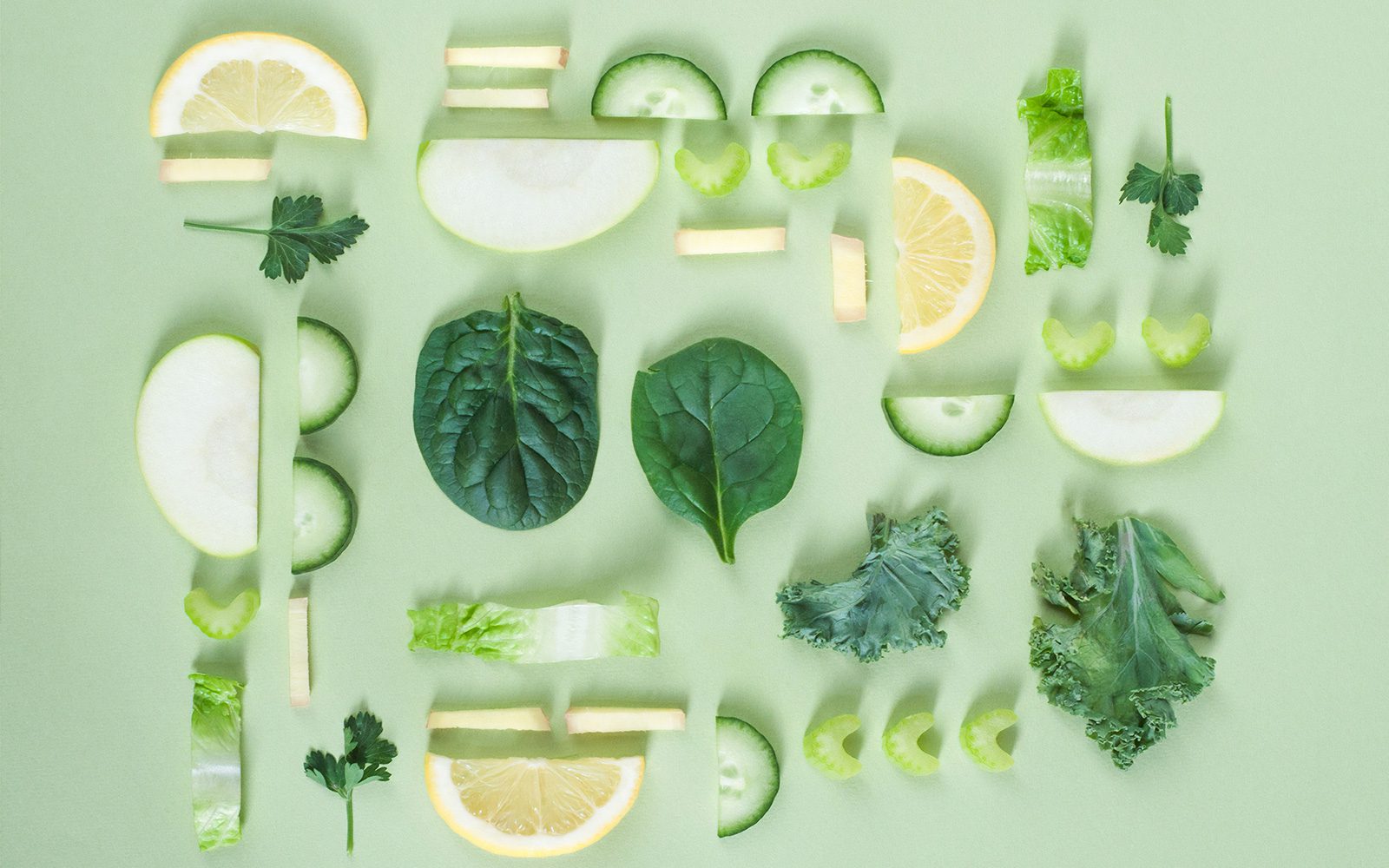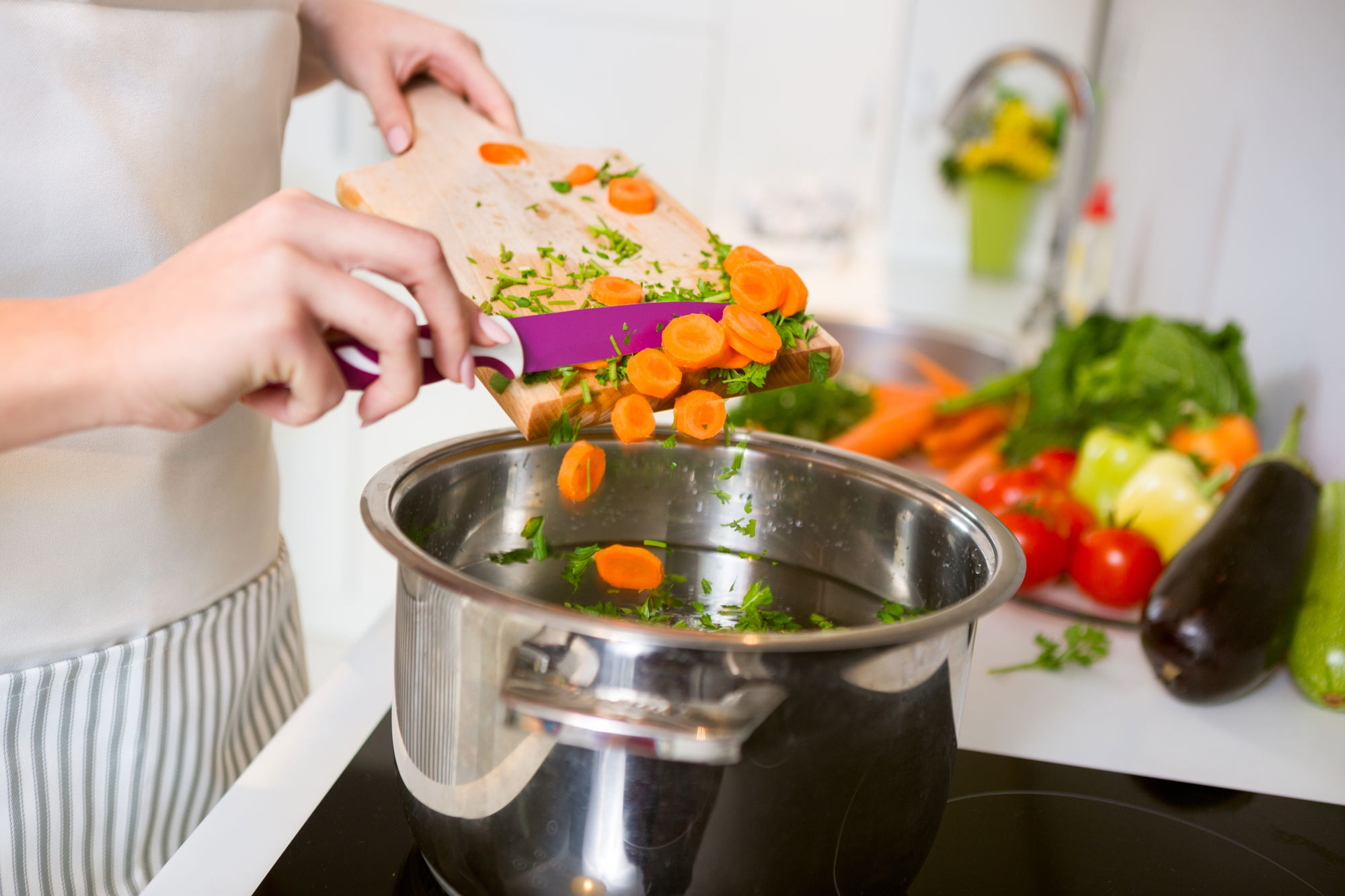Home>Gardening News and Trends>Latest News>What Temperature Should Vegetables Be Cooked At To Hold Them Hot


Latest News
What Temperature Should Vegetables Be Cooked At To Hold Them Hot
Published: October 15, 2023
Get the latest news on cooking temperatures for holding vegetables hot. Discover the ideal temperature range to ensure your vegetables stay deliciously warm.
(Many of the links in this article redirect to a specific reviewed product. Your purchase of these products through affiliate links helps to generate commission for Chicagolandgardening.com, at no extra cost. Learn more)
Table of Contents
Introduction
When it comes to cooking vegetables, achieving the perfect temperature is crucial for both taste and food safety. While many people focus on the cooking process, it’s equally important to know what temperature to hold vegetables at to keep them hot and ready to serve. This article will guide you through the optimal temperature range for holding vegetables hot and provide specific guidelines for different types of vegetables.
Properly holding vegetables at the right temperature helps maintain their texture, flavor, and nutritional value. It also ensures that bacteria growth is minimized, reducing the risk of foodborne illnesses. Whether you’re preparing a large dinner party or a simple weeknight meal, knowing the correct holding temperature for your vegetables is essential.
By following the guidelines in this article, you’ll be able to keep your vegetables at the ideal temperature, preserving their deliciousness and nutritional benefits. Additionally, we will discuss the importance of cooling and reheating vegetables properly to maintain their quality and safety.
So, let’s delve into the world of vegetable cooking temperatures and learn how to keep those veggies hot and delectable!
General Guidelines for Holding Vegetables Hot
When it comes to holding vegetables hot, there are a few general guidelines to keep in mind. These tips will help you maintain the optimal temperature and ensure that your vegetables stay delicious and safe to eat.
Firstly, it’s important to use appropriate equipment to hold the vegetables hot. Utilize chafing dishes, steam tables, or warming trays to keep the food at a constant temperature. These tools are designed to maintain the heat evenly and prevent any cooling that could affect the quality of the vegetables.
Secondly, cover the vegetables with lids or foil while holding them hot. This helps trap the heat and prevents moisture loss, keeping the vegetables moist and flavorful. It also acts as a barrier to protect the vegetables from any potential contaminants in the environment.
Another key guideline is to avoid holding vegetables hot for extended periods. While it’s necessary to keep them warm, prolonged exposure to high temperatures can lead to overcooking, resulting in mushy and unappetizing vegetables. Aim to serve the vegetables within two hours of cooking and avoid reheating them multiple times.
Furthermore, monitor the temperature regularly to ensure that the vegetables remain within the safe zone. Use a food thermometer to check the internal temperature of the vegetables and adjust the heat accordingly. The ideal hot holding temperature for most vegetables is between 135°F (57°C) and 165°F (74°C).
Lastly, remember to adhere to food safety practices while holding the vegetables hot. This includes washing hands thoroughly before handling food, using clean utensils and serving dishes, and storing any leftover vegetables promptly in the refrigerator.
By following these general guidelines, you can confidently hold your vegetables hot and maintain their quality, taste, and safety.
Specific Temperatures for Different Vegetables
While the general guidelines mentioned earlier provide a good starting point, it’s essential to know the specific temperatures at which different vegetables should be held hot. This will help you achieve optimal flavor, texture, and food safety for each variety of vegetable.
Here are some specific temperature recommendations for popular vegetables:
- Root Vegetables: Root vegetables like potatoes, carrots, and beets should be held hot at a temperature range of 145°F (63°C) to 155°F (68°C). These vegetables have a denser texture, and the higher temperature range helps to keep them tender and cooked through.
- Leafy Greens: Vegetables like spinach, kale, and Swiss chard are delicate and can wilt if exposed to high temperatures for too long. They should be held hot at a lower temperature range of 125°F (52°C) to 135°F (57°C) to preserve their vibrant green color and crispness.
- Cruciferous Vegetables: Vegetables such as broccoli, cauliflower, and Brussels sprouts shine when cooked to a bright, tender-crisp texture. For holding them hot, maintain a temperature range of 135°F (57°C) to 145°F (63°C) to retain their desirable texture and flavor.
- Summer Squash: Varieties such as zucchini and yellow squash are best held hot at a temperature range of 135°F (57°C) to 145°F (63°C). This allows them to remain tender and juicy without becoming too mushy.
- Green Beans: Green beans can be held hot at a temperature range of 125°F (52°C) to 135°F (57°C). This keeps them crisp and vibrant, avoiding any loss of color or texture.
It’s important to note that these temperature ranges are general guidelines and can vary based on personal preference and the specific recipe being used. Additionally, professional kitchens and food service establishments may have specific regulations for holding temperatures based on local health codes and regulations.
By using these temperature guidelines as a starting point, you can confidently hold different vegetables hot while maintaining their distinct characteristics and ensuring food safety.
Cooling and Reheating Vegetables
Properly cooling and reheating vegetables is just as important as knowing the right temperatures for cooking and holding them hot. This ensures that the vegetables remain safe to eat and maintains their quality.
After cooking vegetables, it’s crucial to cool them down quickly to prevent bacterial growth. Here are some guidelines for cooling vegetables:
- Divide into smaller portions: If you have a large batch of cooked vegetables, divide them into smaller portions. This promotes faster cooling as smaller quantities cool more rapidly than larger volumes.
- Use shallow containers: Spread the vegetables out in shallow containers rather than deep pans or dishes. This increases the surface area exposed to air, which aids in faster cooling.
- Place in the refrigerator: Transfer the vegetables to the refrigerator as soon as possible to lower their temperature. Avoid leaving them at room temperature for an extended period.
- Avoid stacking or covering immediately: Allow the vegetables to cool uncovered in the refrigerator before stacking or covering them. This prevents condensation from forming and helps retain their texture.
When it comes to reheating vegetables, it’s essential to do it properly to maintain their texture and flavor. Here are some tips for reheating vegetables:
- Use gentle methods: Opt for gentle reheating methods such as steaming, microwaving, or stirring them into a hot dish. Avoid prolonged high-temperature cooking that can lead to overcooking and loss of texture.
- Add moisture if needed: If the vegetables appear dry after reheating, add a splash of water, broth, or sauce to restore moisture and prevent them from becoming too dry.
- Reheat in small portions: Reheat only the amount of vegetables you plan to serve immediately. This prevents repeated heating and cooling, which can affect the quality and increase the risk of bacteria growth.
- Monitor the temperature: Use a food thermometer to check the internal temperature of reheated vegetables. Ensure they reach a temperature of at least 165°F (74°C) to ensure food safety.
By following these guidelines for cooling and reheating vegetables, you can maintain their taste, texture, and safety, allowing you to enjoy leftovers without compromising on quality.
Conclusion
Properly holding vegetables hot at the right temperature is essential for preserving their taste, texture, and safety. By following the general guidelines and specific temperature recommendations for different vegetables, you can ensure that your vegetables are served at their best.
Remember to use appropriate equipment, cover the vegetables while holding them hot, and avoid prolonged exposure to high temperatures. Regularly monitor the temperature to maintain the optimal range for each type of vegetable.
Additionally, cooling and reheating vegetables correctly is crucial to maintain their quality and safety. Divide the vegetables into smaller portions, use shallow containers for cooling, and refrigerate them promptly. When reheating, opt for gentle methods and monitor the internal temperature to ensure food safety.
By following these guidelines, you can confidently cook, hold, cool, and reheat vegetables, ensuring that they are delicious, nutritious, and safe to eat. So go ahead and create mouthwatering meals with perfectly cooked and held hot vegetables!


